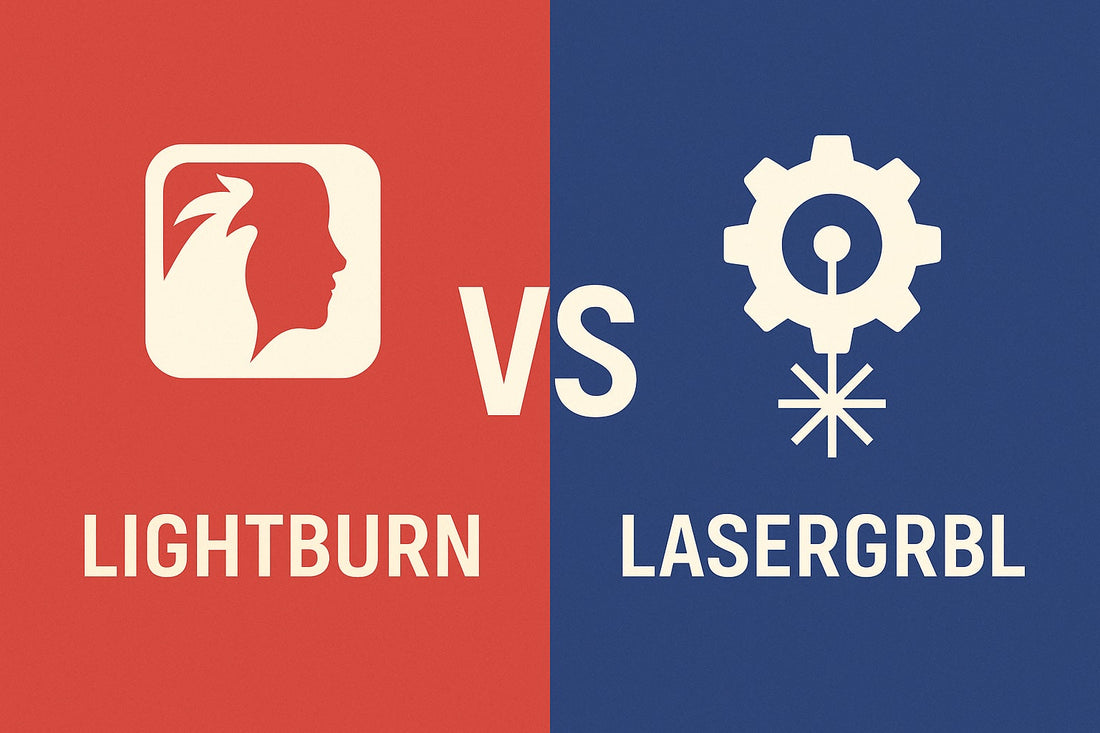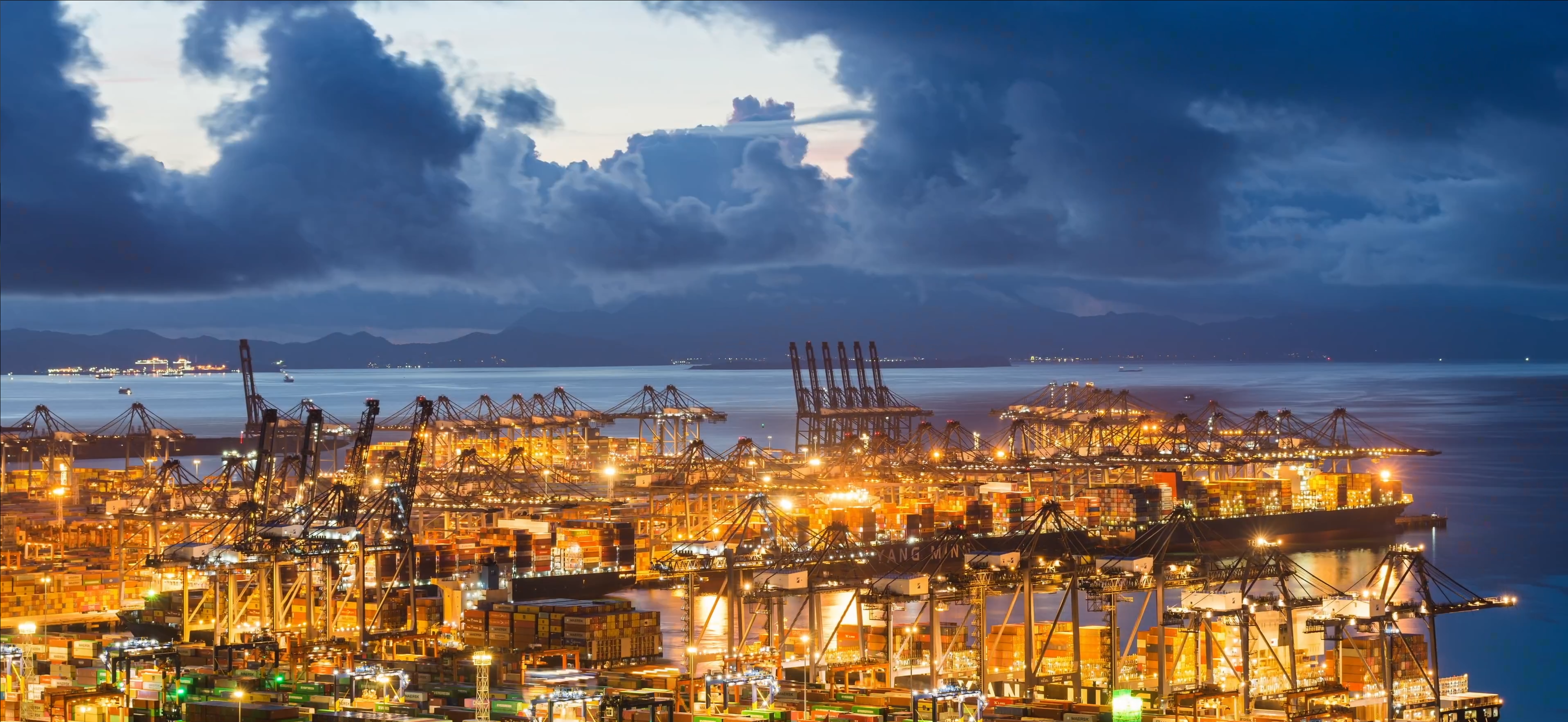Introduction
One of the first questions new laser owners ask is: “Should I use LightBurn or LaserGRBL?” These two programs dominate the hobby laser space because they’re affordable, widely compatible, and supported by huge communities.
Both options have their strengths. LaserGRBL is a free, lightweight program that helps you start engraving immediately without extra cost. LightBurn, on the other hand, is a paid software that integrates design, editing, and machine control into one professional-grade platform.
This article will walk you through the differences, strengths, and trade-offs of both software tools — and help you decide which is right for your needs.
What Is LaserGRBL?
LaserGRBL is a free, open-source software designed for controlling GRBL-based laser engravers. It’s one of the simplest entry points into laser engraving, making it a popular choice among beginners.
Key Features
- Cost: Free to download and use.
- Compatibility: Works with most GRBL-based diode lasers, including entry-level models like the TTS-55 Pro.
- OS: Windows-only.
- Design workflow: Import designs created in external programs (Inkscape, Illustrator, CorelDRAW).
- File formats supported: G-code, simple raster image formats (JPG, PNG, BMP).
Pros of LaserGRBL
- Free and open-source: No cost barrier for beginners.
- Lightweight and fast: Runs smoothly even on older PCs.
- Beginner-friendly: Simple interface with just the essentials.
- Large community: Many tutorials, forums, and shared project settings online.
Cons of LaserGRBL
- No design tools: Requires external software for creating or editing artwork.
- Windows-only: No native Mac or Linux support.
- Limited advanced features: Lacks layer management, advanced material libraries, and vector editing.
LaserGRBL is best suited for hobbyists who want to try laser engraving without investing extra money into software. It’s perfect for running simple engraving jobs but can feel restrictive as your projects get more complex.
What Is LightBurn?
LightBurn is a paid laser engraving software designed to be an all-in-one solution for hobbyists and professionals. It combines design, editing, and machine control into one program, streamlining the engraving process from start to finish.
Key Features
- Cost: ~$60 one-time license for G-code lasers (renewal optional for updates).
- Compatibility: Works with most GRBL-based diode lasers, including the TTS-20 Max and TS2 Series.
- OS: Windows, Mac, and Linux.
- Design workflow: Create and edit vector or raster files directly in LightBurn.
- File formats supported: Wide range including SVG, DXF, AI, PDF, BMP, JPG, PNG.
- Advanced features: Layer management, power/speed control, material libraries, camera alignment tools.
Pros of LightBurn
- All-in-one solution: No need for external design software.
- Cross-platform support: Works on Windows, Mac, and Linux.
- Professional-level features: Layer control, offset cutting, and node editing.
- Active development: Frequent updates and improvements.
- Large community and tutorials: Easy to learn with YouTube guides, forums, and user groups.
Cons of LightBurn
- Paid software: Initial ~$60 investment (though affordable compared to pro CAD/CAM).
- Learning curve: More features mean more to learn, which may overwhelm absolute beginners.
LightBurn is ideal for hobbyists who want to go beyond simple engraving and start producing polished, professional-quality work. It’s a smart investment if you see yourself using your laser engraver regularly.
LightBurn vs LaserGRBL: Side-by-Side Comparison
| Feature | LaserGRBL | LightBurn |
|---|---|---|
| Cost | Free | ~$60 one-time (optional renewals) |
| OS | Windows only | Windows, Mac, Linux |
| File Support | Limited (G-code, raster images) | Wide (SVG, DXF, AI, PDF, BMP, JPG, PNG) |
| Design Tools | None (import only) | Built-in vector & raster editing |
| Workflow | Basic job sending | All-in-one design + control |
| Best For | Beginners, hobbyists on a budget | Hobbyists & prosumers wanting advanced features |
Which Is Better for Hobbyists?
The short answer: both have a place in your workshop, depending on your goals.
- If you’re just starting out and want to spend $0: LaserGRBL is a solid entry point.
- If you’re serious about making polished projects: LightBurn is worth the ~$60 investment for smoother workflows and better design control.
Think of LaserGRBL as “training wheels” — simple, free, and enough for your first engraving tests. LightBurn, however, is the full toolkit, unlocking features that make your projects faster, more accurate, and more creative.
When Should You Upgrade from LaserGRBL to LightBurn?
Many hobbyists start with LaserGRBL and upgrade to LightBurn later. Here are common signs it’s time to switch:
- You want to stop bouncing between Inkscape/Illustrator and your control software.
- You’re selling projects or making gifts that need faster turnaround.
- You want layer-based control for multi-pass cutting and engraving.
- You need to work with vector files like SVG and DXF.
- You want a cross-platform solution (Mac/Linux users).
If you’re doing more than casual engraving, LightBurn pays for itself quickly in time saved and project quality.
Best Software Pairings with TwoTrees Laser Engravers
At TwoTrees, we design our laser engravers to be compatible with both LaserGRBL and LightBurn. Here’s how they pair up:
- TTS-55 Pro — Affordable diode laser that works well with LaserGRBL. LightBurn unlocks smoother workflow and advanced design control.
- TTS-20 Max — High-power 20W laser where LightBurn’s file support and job optimization shine, especially for larger projects.
- TS2 Series — Premium models recommended to pair with LightBurn for full-featured control and pro-grade results.
Conclusion & Recommendation
Both LightBurn and LaserGRBL are excellent tools — but for different reasons:
- LaserGRBL: Free, simple, and great for beginners testing their first engraver.
- LightBurn: Affordable paid option that delivers professional-level features and makes projects easier, faster, and higher quality.
Our recommendation: start with LaserGRBL if you’re brand new and budget-conscious. Once you’re ready to take your hobby to the next level, invest in LightBurn.
👉 Pair your software choice with the right hardware: explore the TTS-55 Pro, TTS-20 Max, or the TS2 Series to find the ideal laser engraver for your projects.
Quick FAQ
Is LaserGRBL completely free?
Yes, LaserGRBL is 100% free and open-source. You can download it without any license fees.
How much does LightBurn cost?
LightBurn’s G-code license costs about $60 one-time, with optional yearly renewals (~$30) for updates. You can use it indefinitely without renewing.
Which is easier for beginners?
LaserGRBL is easier to start with because it’s simple and free. LightBurn has a steeper learning curve but is ultimately more powerful.
Do I need to buy LightBurn right away?
No — you can begin with LaserGRBL and upgrade later when your projects become more complex. Many users take this approach.




